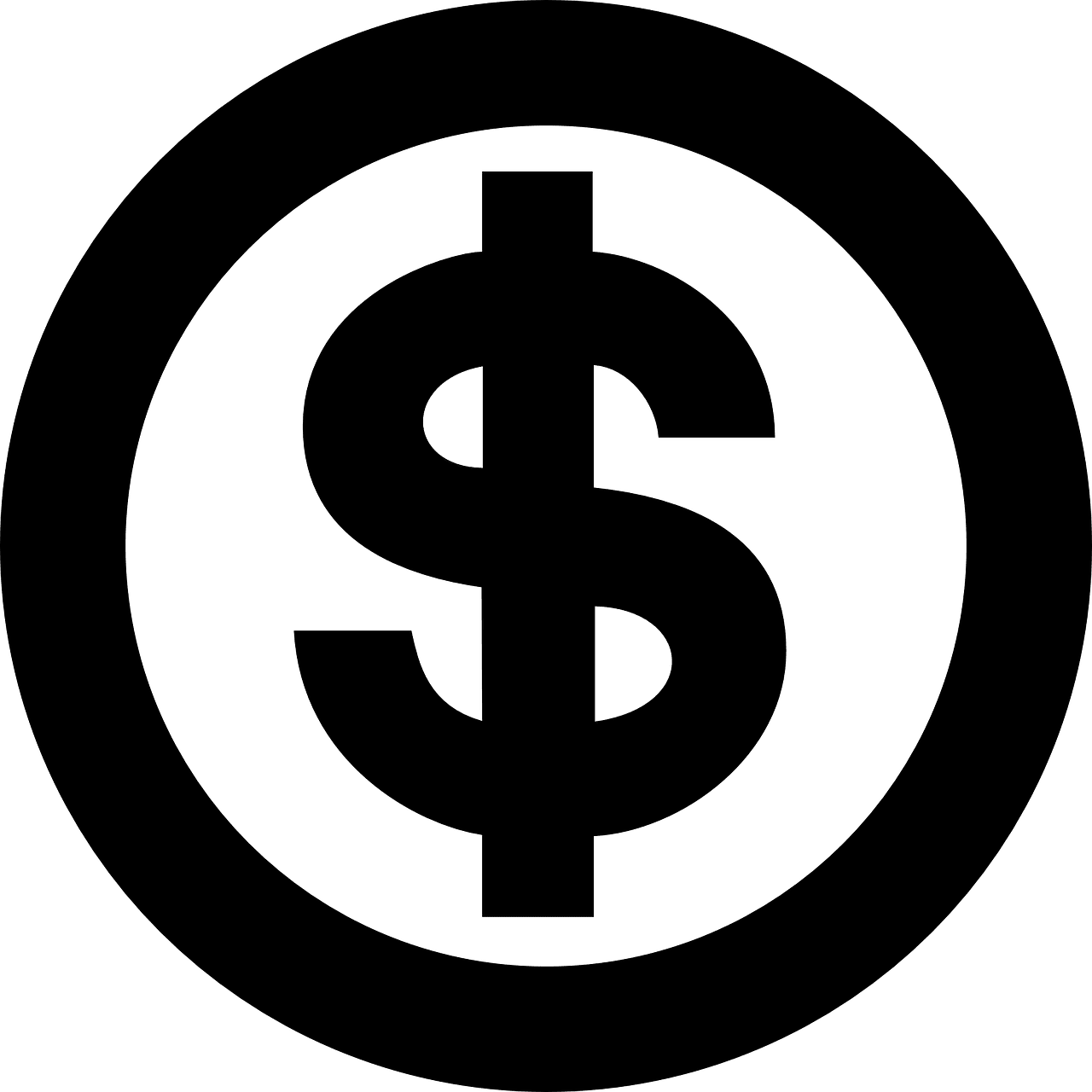 “Do your job and demand your compensation – but in that order” — Cary Grant
“Do your job and demand your compensation – but in that order” — Cary Grant
If I were to boil down everything I’ve learned about sales compensation planning into one sentence it would be this: People want a market wage and a chance to make more if they go above and beyond.
This is the first rule of compensation. Just pay them a market rate, guarantee it, and pay them more if they exceed their goals. Everything else is just details.
We forget how important it is for people to know what their paycheck is going to be. We all have mortgages and car payments and groceries to pay for. Sales people are no different. They need to know the fixed portion of their compensation will cover these basic expenses. They also need to know they have a chance to earn more if they sell more. That’s the motivation.
Over the years, we have tried virtually every conceivable compensation method out there, always in search of the perfect model for our sales people. Sometimes we remembered the basic rule of compensation, sometimes we forgot or got forced off course by a supplier who insisted we pay our sales team a certain way.
Our comp models have included the usual suspects – commissions, pay for performance, base salary, and supplier incentives. We have tweaked the particulars of each item, looking for just the right mix of variable and fixed pay, just the right blend of incentives and security, to achieve the desired result.
The desired result was always the same: to provide Pay That Motivates. The goal was to build a comp plan that provided the desire and motivation for the sales person to achieve and exceed the company goal, whatever that happened to be at the time.
Sounds like a simple goal, but too often, the compensation plans become so convoluted we created Pay That Confuses. In our zeal to include all the critical objectives, qualifiers, and pay-for-performance items, we over-complicated the plan. The end result was that employees didn’t understand how the plan worked or what they needed to do to get paid. Epic fail.
Worse yet, there were times we rolled out a comp model that was perceived as unfair to the sales person. The goal was too high, or the calculations weren’t well thought out. During these times we created Pay That Infuriates. That’s kind of the bottom of the barrel – a comp system that pisses off your sales force. Double epic fail.
During our search for the perfect comp model we bought several books on sales force incentive compensation. We were looking for ideas to implement to motivate our employees, but what we found were text books that were over 400 pages long. Talk about confusion and over-complication. It really doesn’t have to be this difficult.
Let me repeat the first rule of sales compensation: people want a market wage and a chance to make more if they go above and beyond.
I know there are doubters out there. Many folks believe that a 100% commissioned sales person is the only way to go. I don’t agree. I’ve done hundreds of compensation review meetings with sales people, and the feedback is always the same: employees want a steady paycheck, they want to know what to expect so they can pay the bills, and they want to be paid more if they exceed their sales goals. That’s it.
But of course there are the details: the mix of commissions, base salary, pay for performance, and the goals and objectives that need to be achieved. There are also the particulars of the compensation plan design and related calculations.
Details are important, but not as important as remembering the first rule of compensation.
In a future post we’ll cover the nooks and crannies of sales compensation planning – all the key points to consider and include when designing and rolling out your plan. But for now, I leave you with this wish: on your deathbed, as you are taking a final accounting of your life, you will smile as you remember the first rule of compensation planning. You got it right. You did good.





